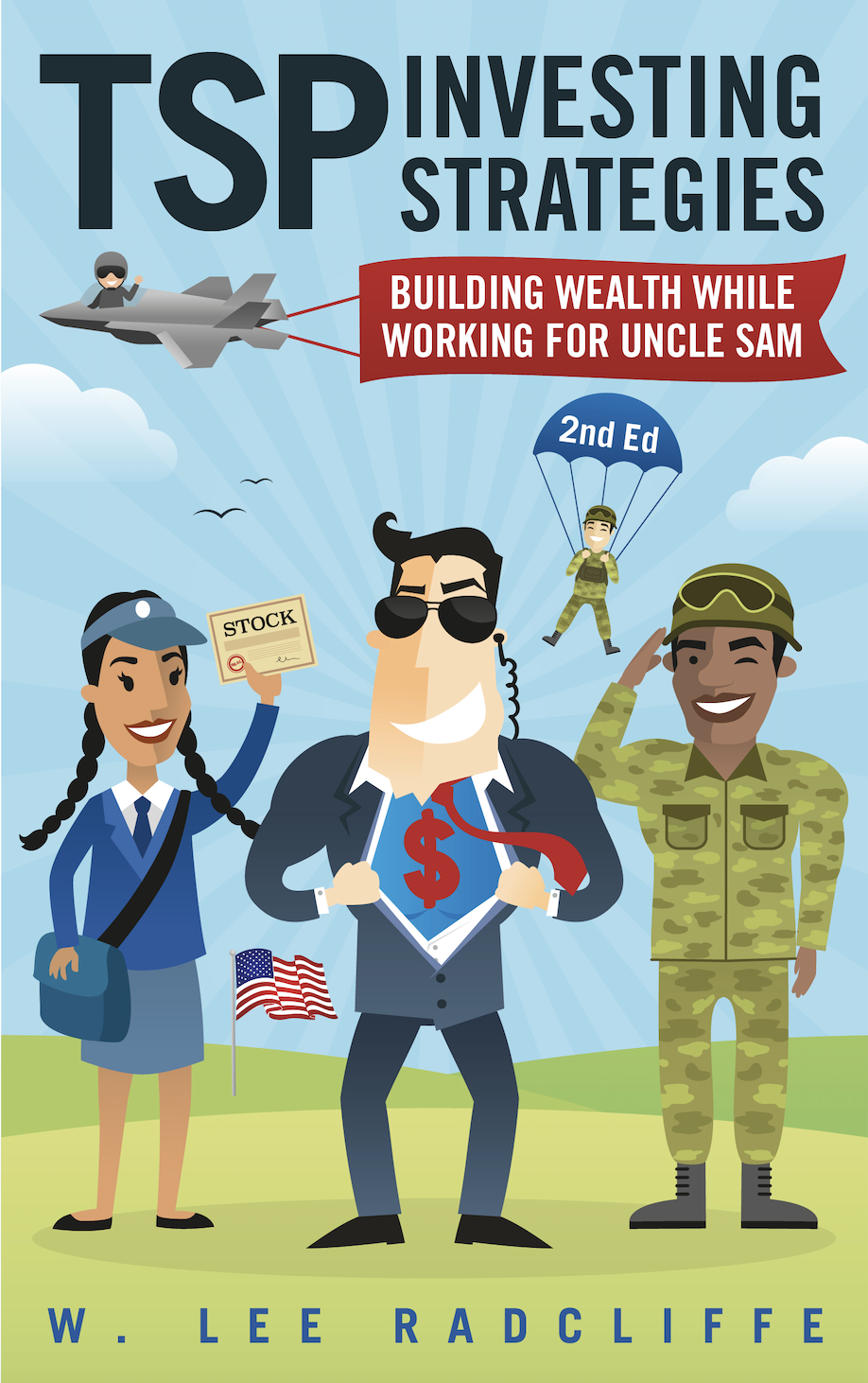Trading a Pension for an Increased TSP Match
August 7, 2013
The Postal Reform Bill introduced in the Senate last week includes some interesting proposals. Of note, it includes language that “the bill would allow the Postal Service and postal unions to bargain over the extent of new postal employees’ participation in FERS and the Thrift Savings Program (TSP).”
The Washington Post‘s Federal Diary added yesterday that:
“A revised [benefit] system might repeal for [future] employees the defined benefit portion of federal retirement benefits, which pays a lifetime annuity based on salary and years of service. In its place could be a larger employer contribution than the USPS and other agencies now make for employees in the TSP, according to a committee aide who briefed reporters on background.”
Depending on how negotiations proceeded, this would mean no pension for future employees, but a higher government match for TSP contributions.
This new benefit structure would certainly have implications for FERS employees — and potentially uniformed service members also. If the postal service headed in the direction of higher TSP matching contributions in place of pensions, the new benefit structure would serve as a precedent for modifying the FERS and military benefit structures as well.
Individual pension contributions already went up this year for new employees, and the trend if anything is for even greater contributions down the road given increasing longevity for retirees coupled with significant budget deficits again approaching $1 trillion per year by 2023.
This new benefit structure would also require even greater emphasis on diversification, although recent FRTIB data show that a surprisingly high percentage of new employees are not focused on that aspect of TSP investing.
Unfortunately, at the same time there are proposals to revise the tax advantages of saving and investing in vehicles such as the Thrift Savings Plan, Individual Retirement Accounts (IRAs), 401(k)s, etc. It would be a shame if increased savings and investing as a part of further reliance on the TSP — and the increased personal wealth that would result — would bump up against some arbitrary figure of what is tax-advantaged and what is not.
Trading a pension for an increased TSP match is an interesting proposition depending on how much of an increased match future workers would receive. A 2-to-1 match (a government match of 10% for individual contributions of 5% of salary) would have to be a minimum benefit in lieu of a pension, and a 3-to-1 (15% for a 5% contribution) would be more equitable when doing away with a future pension, given the current combined agency and individual contribution rate of 11.9% for the FERS pension.
Now if FICA contributions could be invested in individual accounts (and Medicare contributions in an HSA), that would be an option worth pursuing!
Related topics: annuities longevity investing-styles hsa